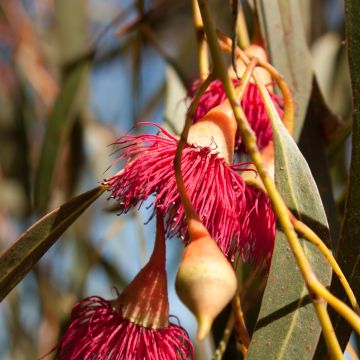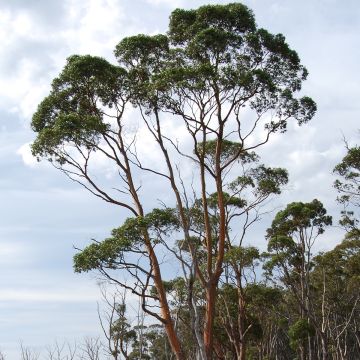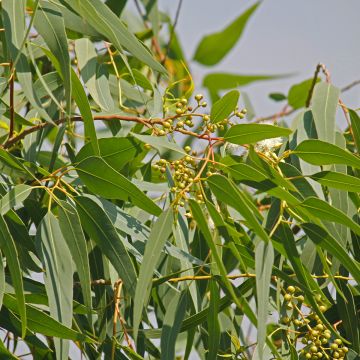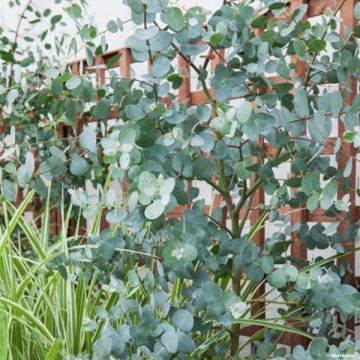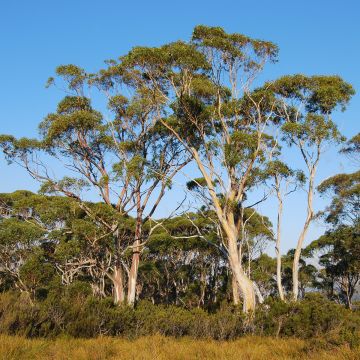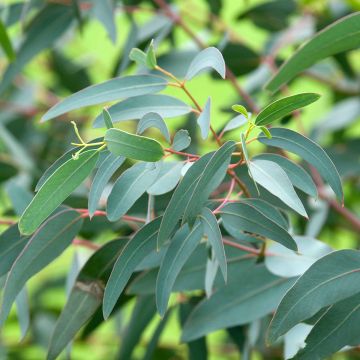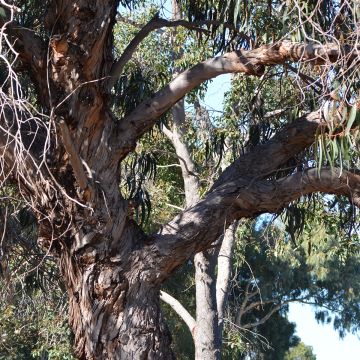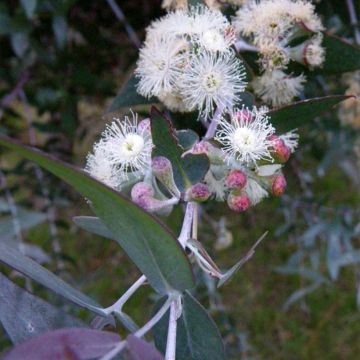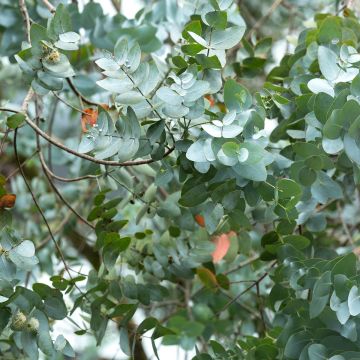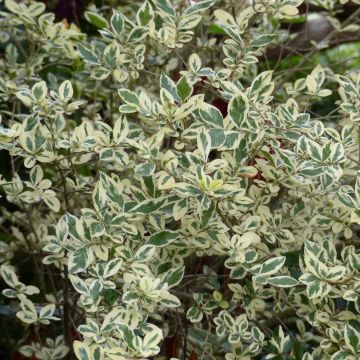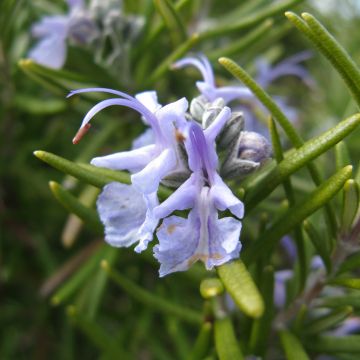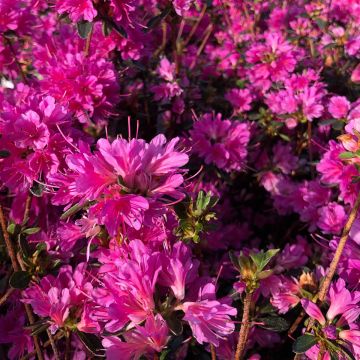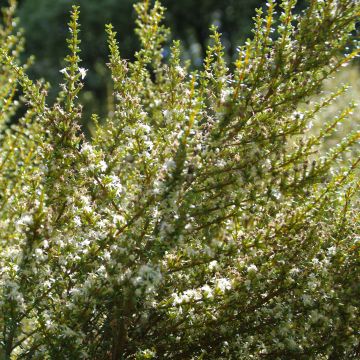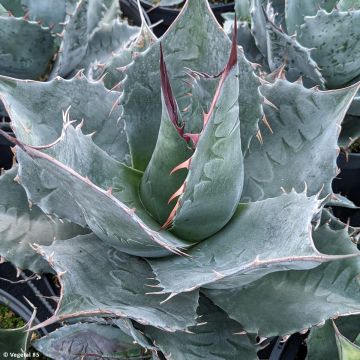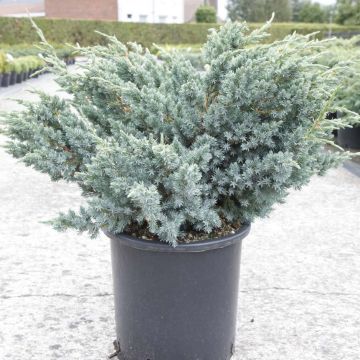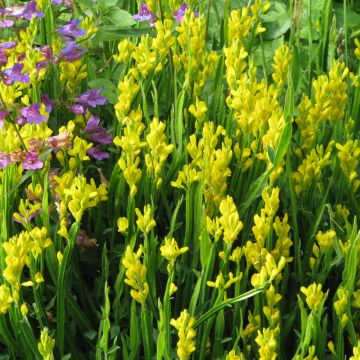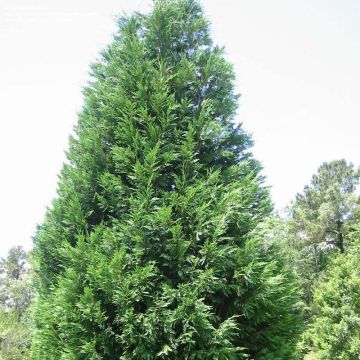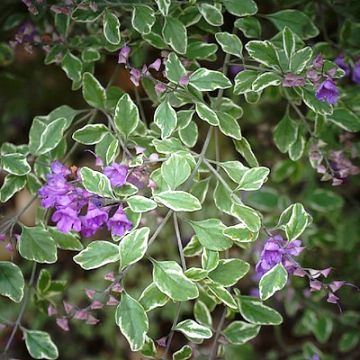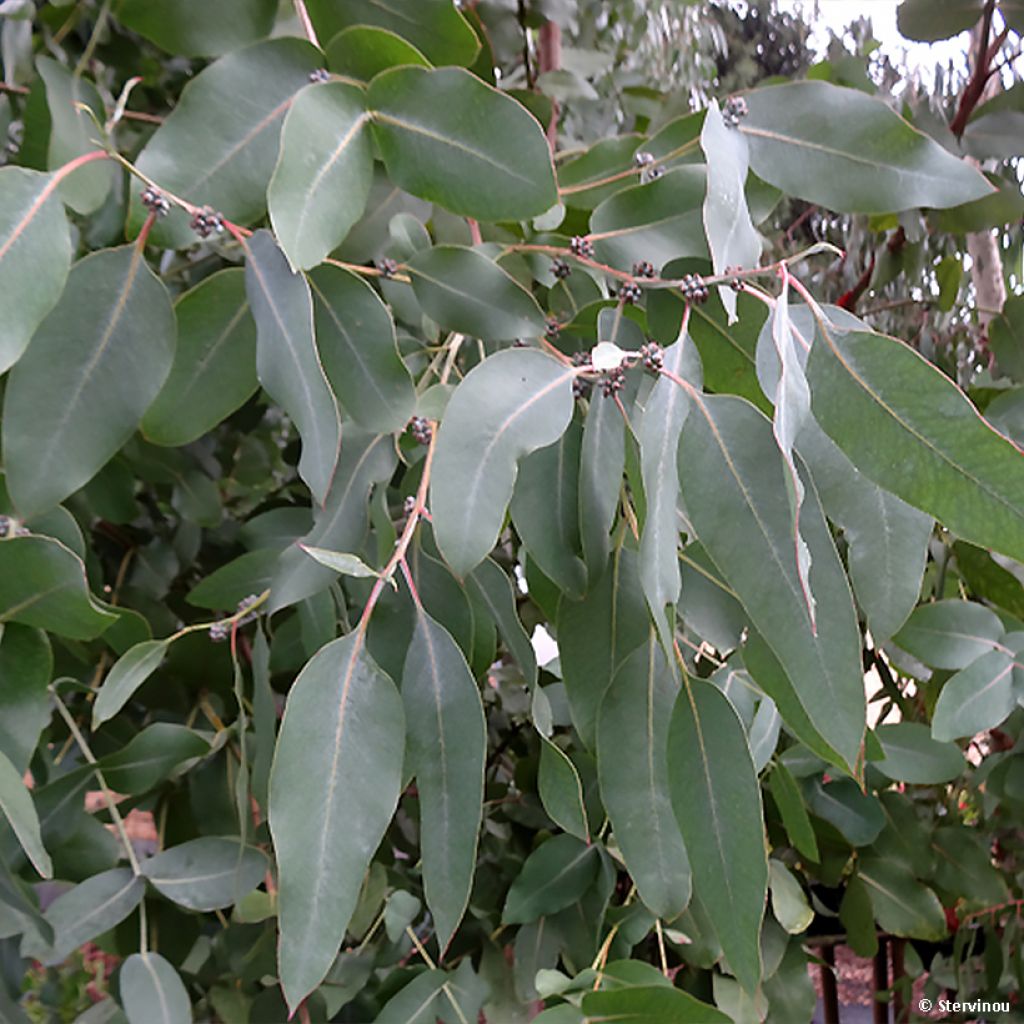

Eucalyptus neglecta
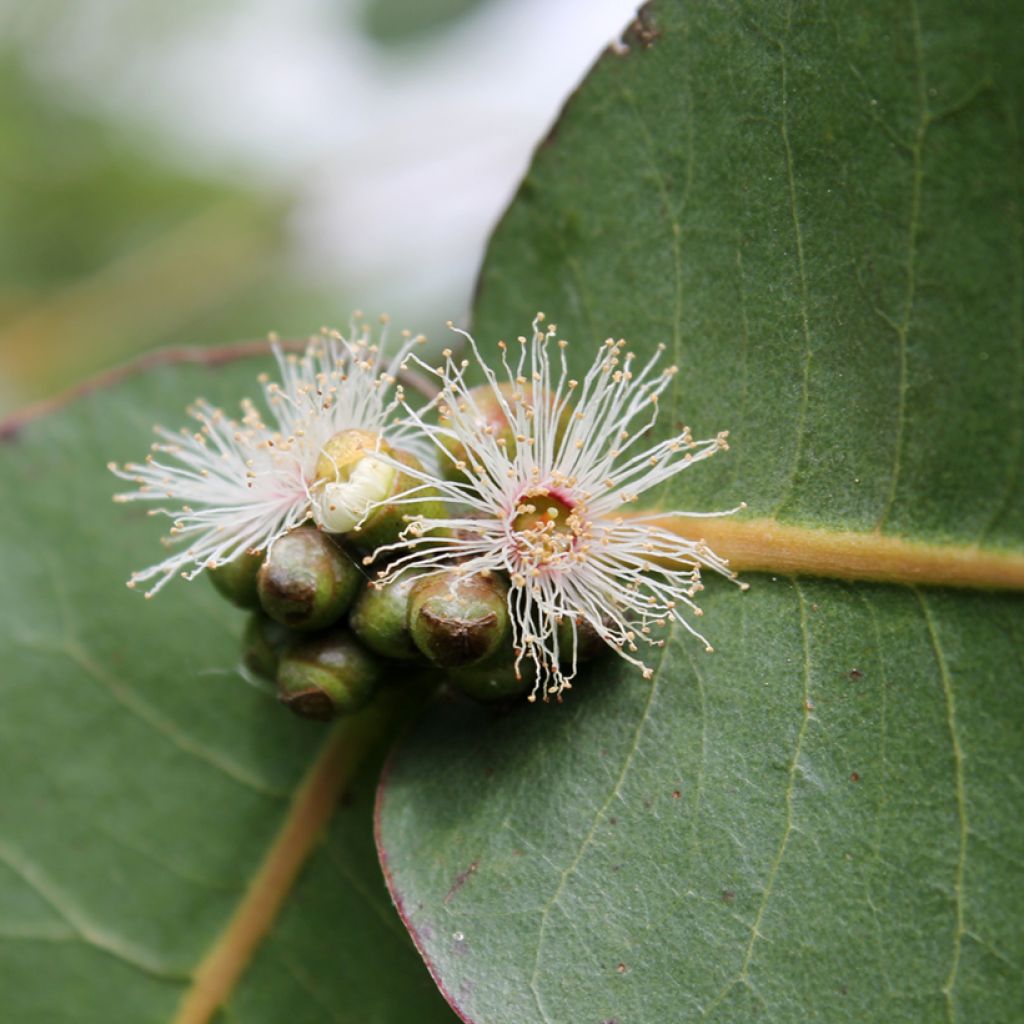

Eucalyptus neglecta
Eucalyptus neglecta
Eucalyptus neglecta
Omeo gum
I received a very beautiful and much larger than expected Eucalyptus neglecta. I am very pleased with my order. However, luckily the packaging was very well done because the delivery (courier) was carried out 10 days later than the date announced by the same courier (DPD). That's why I am deducting 2 stars from the rating. I hope there will be no consequences on the recovery of the Eucalyptus.
TP, 15/05/2024
This item cannot be shipped to the selected country
Delivery charge from €5.90
More information
Schedule delivery date,
and select date in basket
This plant carries a 24 months recovery warranty
More information
We guarantee the quality of our plants for a full growing cycle, and will replace at our expense any plant that fails to recover under normal climatic and planting conditions.
From €5.90 for pickup delivery and €6.90 for home delivery
Express home delivery from €8.90.
Does this plant fit my garden?
Set up your Plantfit profile →
Description
Eucalyptus neglecta, also known as Omeo gum, is a botanical species found in the mountains of the state of Victoria in Australia. Like other mountain species, it is resistant to cold, which makes it easier to acclimatize in gardens. Its other assets are moderate growth, unique foliage, and good tolerance to limestone. This small evergreen tree will also charm with its white and fragrant flowering as well as its reddish-brown bark, which peels off in strips. It will be a beautiful subject to highlight in a small garden. This eucalyptus will adapt to many regions as long as it is provided with sunlight and well-drained soil, not too dry in summer.
Eucalyptus neglecta belongs to the Myrtaceae family, like all Eucalyptus. It is a small tree from a small region located east of the state of Victoria, where it grows in the mountains not far from Omeo. It can be found in areas close to watercourses. Of moderate growth, it can reach about 10 m (33 ft) in height with a spread of 4 to 5 m. Its habit is bushy and spreading, but light, and its foliage is abundant. A mature tree has a rough and fissured, grey-brown or blackish bark. On young subjects and branches, the bark is smooth, grey-green, grey-yellowish, and then reddish-brown with some peeling ribbons. The large juvenile leaves are without petiole, paired and arranged opposite on the branches, ovate or elliptical and measure up to 7.5 cm (3 in) long and 5.2 cm (2 in) wide. Their colour is a greyish-blue-green, more or less washed with copper, red, or brown and they persist for several years on the plant. Adult leaves are alternately arranged on the branches, petiolate, and lanceolate in shape. They measure up to 18 cm (7.1 in) long and 6 cm (2.4 in) wide. Flowering occurs from November to May, depending on the climate and the year, usually in February-March composed of 7 to 15 white pompom-shaped flowers. A mature specimen will survive short frosts around -15°C (5°F) if planted in well-drained soil. Once well established, this small eucalyptus will tolerate temporary droughts.
Eucalyptus neglecta can be used as a standalone tree in a small garden, as a shrub group, or as a windbreak or privacy screen. It forms a beautiful mass of pleasantly coloured foliage and works wonders in groves. This shrub brings a touch of exoticism to the garden when planted as a hedge with other relatively hardy exotic species such as erythrinas, Feijoa, some lauriers roses ('Luteum Plenum', 'Provence', 'Atlas'), or even Olearia in coastal areas.
Report an error about the product description
Eucalyptus neglecta in pictures
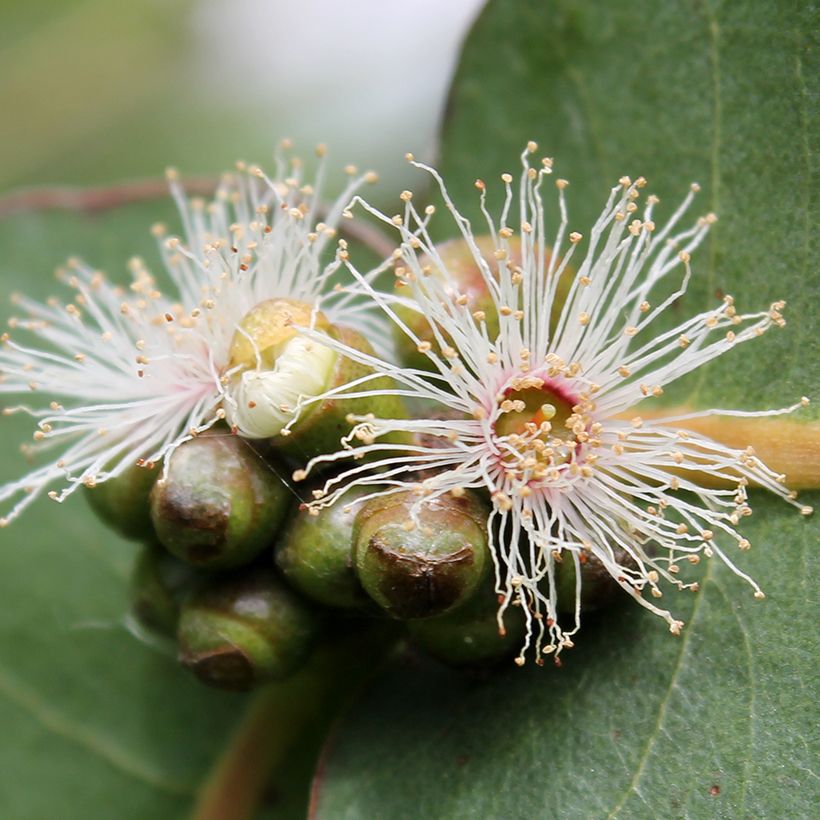

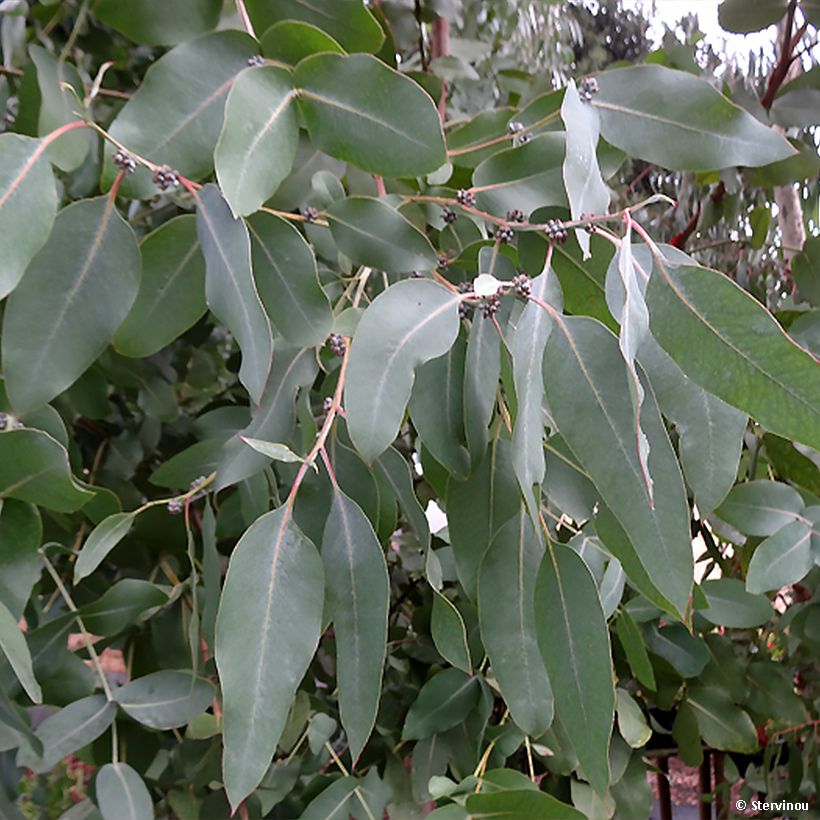

Plant habit
Flowering
Foliage
Botanical data
Eucalyptus
neglecta
Myrtaceae
Omeo gum
Australia
Other Eucalyptus
Planting and care
Eucalyptus neglecta prefers to be planted in early spring in cold regions, in early autumn in dry and warmer climates. Plant it in a well-drained soil, moist to occasionally dry in summer, even slightly chalky. It should be planted in a sunny exposure. A well-established subject is hardy down to -15°C (5 °F) in these conditions, while young plants are more susceptible to frost. In many regions, you can plant it in the ground, improving the drainage by adding coarse sand, pumice or gravel. Then let nature take its course, as the growth is quite rapid. Watering should be done regularly during the first two years, and then the bush generally does not need watering in summer, except in the driest regions. Fertilization is not recommended. Pruning after flowering is well tolerated.
Eucalyptus trees are useful for drying out wetlands, as they are heavy water consumers even in winter. However, once well established, they are quite resistant to drought (to varying degrees depending on the varieties). Mountain species are interesting for their hardiness, but they dislike heatwaves and excessively dry soils.
Planting period
Intended location
Care
-
, onOrder confirmed
Reply from on Promesse de fleurs
Evergreen shrubs
Haven't found what you were looking for?
Hardiness is the lowest winter temperature a plant can endure without suffering serious damage or even dying. However, hardiness is affected by location (a sheltered area, such as a patio), protection (winter cover) and soil type (hardiness is improved by well-drained soil).

Photo Sharing Terms & Conditions
In order to encourage gardeners to interact and share their experiences, Promesse de fleurs offers various media enabling content to be uploaded onto its Site - in particular via the ‘Photo sharing’ module.
The User agrees to refrain from:
- Posting any content that is illegal, prejudicial, insulting, racist, inciteful to hatred, revisionist, contrary to public decency, that infringes on privacy or on the privacy rights of third parties, in particular the publicity rights of persons and goods, intellectual property rights, or the right to privacy.
- Submitting content on behalf of a third party;
- Impersonate the identity of a third party and/or publish any personal information about a third party;
In general, the User undertakes to refrain from any unethical behaviour.
All Content (in particular text, comments, files, images, photos, videos, creative works, etc.), which may be subject to property or intellectual property rights, image or other private rights, shall remain the property of the User, subject to the limited rights granted by the terms of the licence granted by Promesse de fleurs as stated below. Users are at liberty to publish or not to publish such Content on the Site, notably via the ‘Photo Sharing’ facility, and accept that this Content shall be made public and freely accessible, notably on the Internet.
Users further acknowledge, undertake to have ,and guarantee that they hold all necessary rights and permissions to publish such material on the Site, in particular with regard to the legislation in force pertaining to any privacy, property, intellectual property, image, or contractual rights, or rights of any other nature. By publishing such Content on the Site, Users acknowledge accepting full liability as publishers of the Content within the meaning of the law, and grant Promesse de fleurs, free of charge, an inclusive, worldwide licence for the said Content for the entire duration of its publication, including all reproduction, representation, up/downloading, displaying, performing, transmission, and storage rights.
Users also grant permission for their name to be linked to the Content and accept that this link may not always be made available.
By engaging in posting material, Users consent to their Content becoming automatically accessible on the Internet, in particular on other sites and/or blogs and/or web pages of the Promesse de fleurs site, including in particular social pages and the Promesse de fleurs catalogue.
Users may secure the removal of entrusted content free of charge by issuing a simple request via our contact form.
The flowering period indicated on our website applies to countries and regions located in USDA zone 8 (France, the United Kingdom, Ireland, the Netherlands, etc.)
It will vary according to where you live:
- In zones 9 to 10 (Italy, Spain, Greece, etc.), flowering will occur about 2 to 4 weeks earlier.
- In zones 6 to 7 (Germany, Poland, Slovenia, and lower mountainous regions), flowering will be delayed by 2 to 3 weeks.
- In zone 5 (Central Europe, Scandinavia), blooming will be delayed by 3 to 5 weeks.
In temperate climates, pruning of spring-flowering shrubs (forsythia, spireas, etc.) should be done just after flowering.
Pruning of summer-flowering shrubs (Indian Lilac, Perovskia, etc.) can be done in winter or spring.
In cold regions as well as with frost-sensitive plants, avoid pruning too early when severe frosts may still occur.
The planting period indicated on our website applies to countries and regions located in USDA zone 8 (France, United Kingdom, Ireland, Netherlands).
It will vary according to where you live:
- In Mediterranean zones (Marseille, Madrid, Milan, etc.), autumn and winter are the best planting periods.
- In continental zones (Strasbourg, Munich, Vienna, etc.), delay planting by 2 to 3 weeks in spring and bring it forward by 2 to 4 weeks in autumn.
- In mountainous regions (the Alps, Pyrenees, Carpathians, etc.), it is best to plant in late spring (May-June) or late summer (August-September).
The harvesting period indicated on our website applies to countries and regions in USDA zone 8 (France, England, Ireland, the Netherlands).
In colder areas (Scandinavia, Poland, Austria...) fruit and vegetable harvests are likely to be delayed by 3-4 weeks.
In warmer areas (Italy, Spain, Greece, etc.), harvesting will probably take place earlier, depending on weather conditions.
The sowing periods indicated on our website apply to countries and regions within USDA Zone 8 (France, UK, Ireland, Netherlands).
In colder areas (Scandinavia, Poland, Austria...), delay any outdoor sowing by 3-4 weeks, or sow under glass.
In warmer climes (Italy, Spain, Greece, etc.), bring outdoor sowing forward by a few weeks.

































